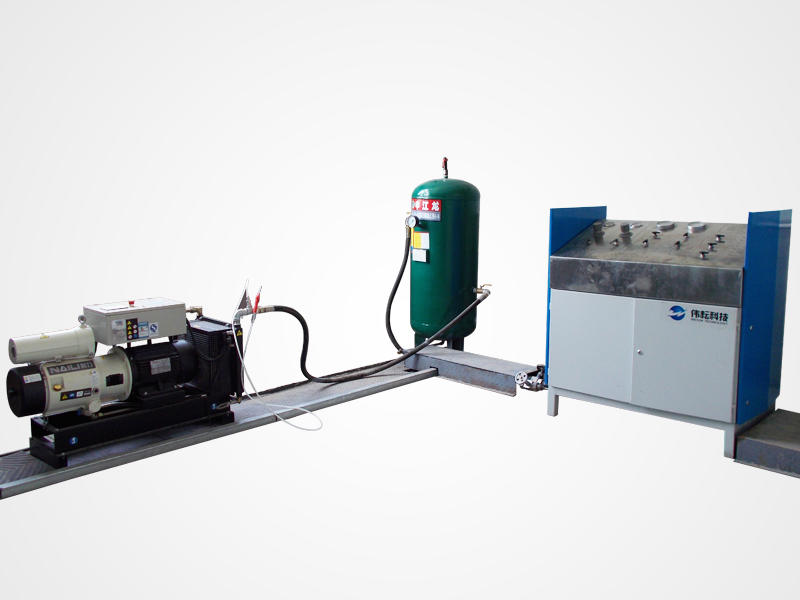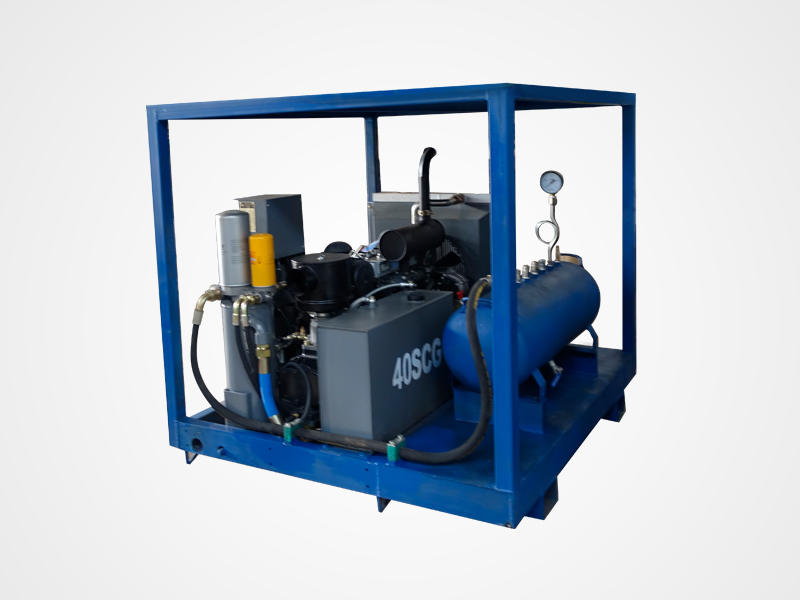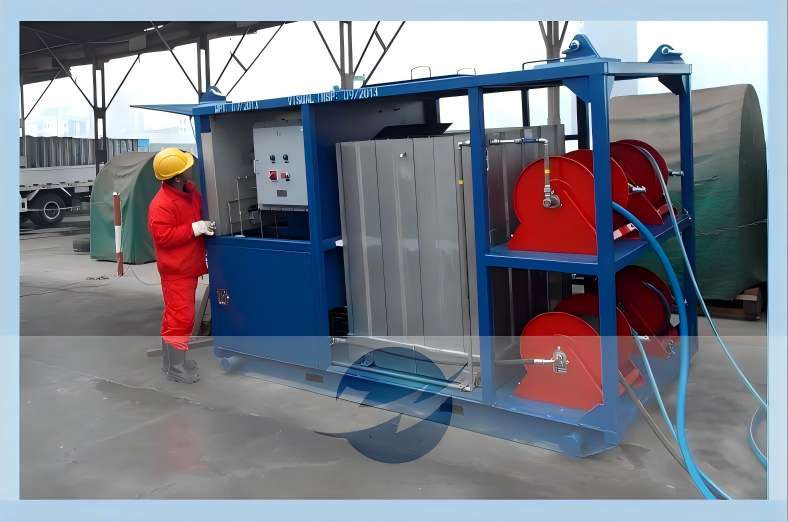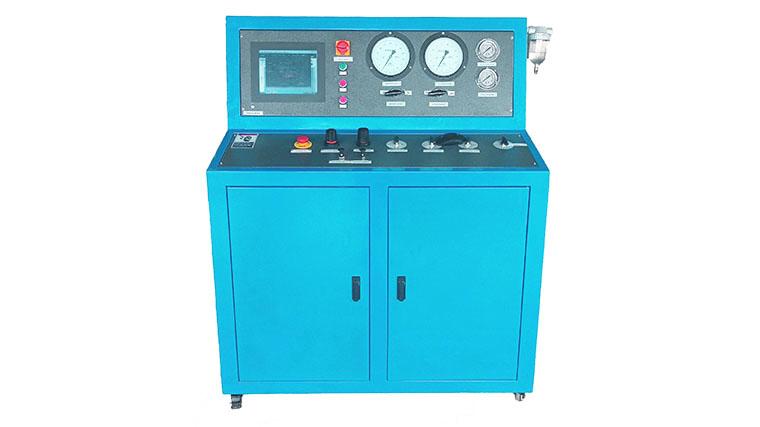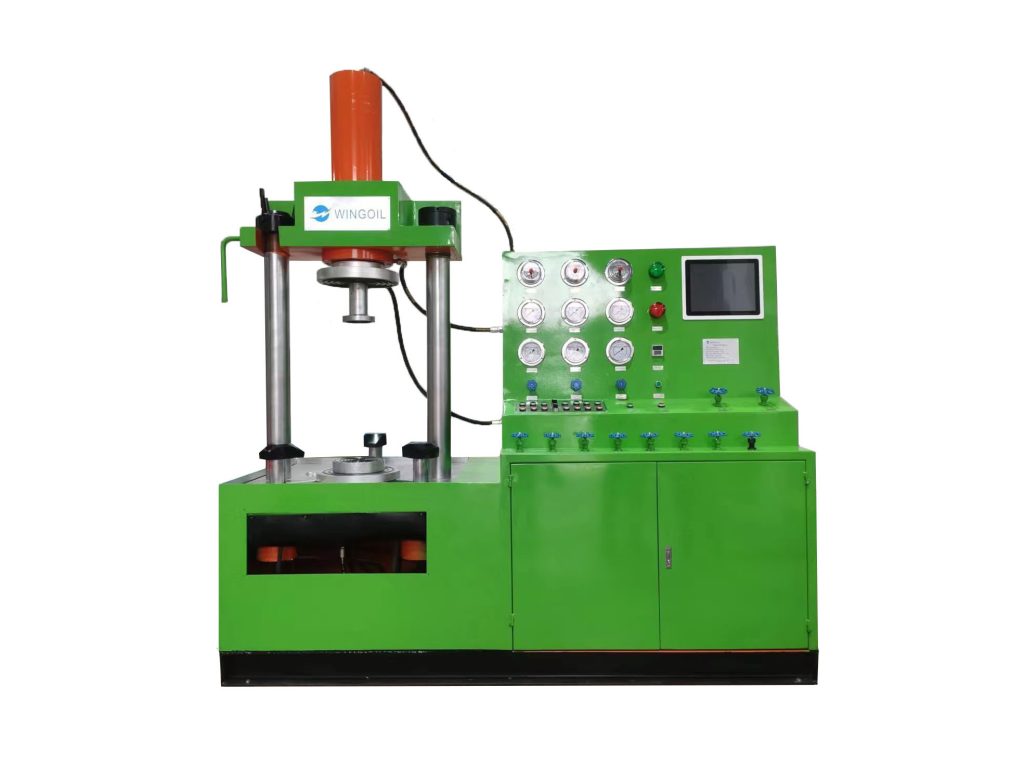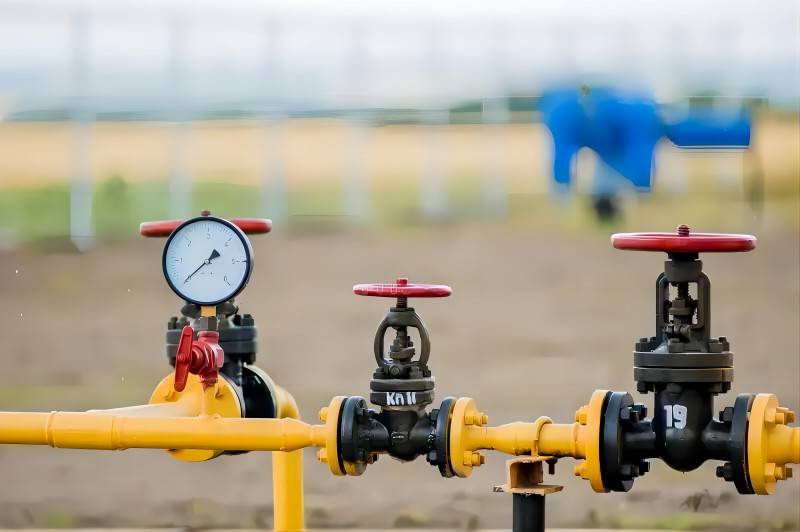How to Use the Oil Well Wellhead Pressure Test Machines Safely and Accurately?
In the world of oil and gas extraction, safety and efficiency are paramount. One crucial aspect of ensuring both is the utilization of wellhead pressure testing machines. These sophisticated devices play a pivotal role in maintaining the integrity of oil and gas wells, safeguarding personnel, and optimizing operations. This article delves into the use conditions and safety operation framework for an oil well wellhead pressure testing machine.
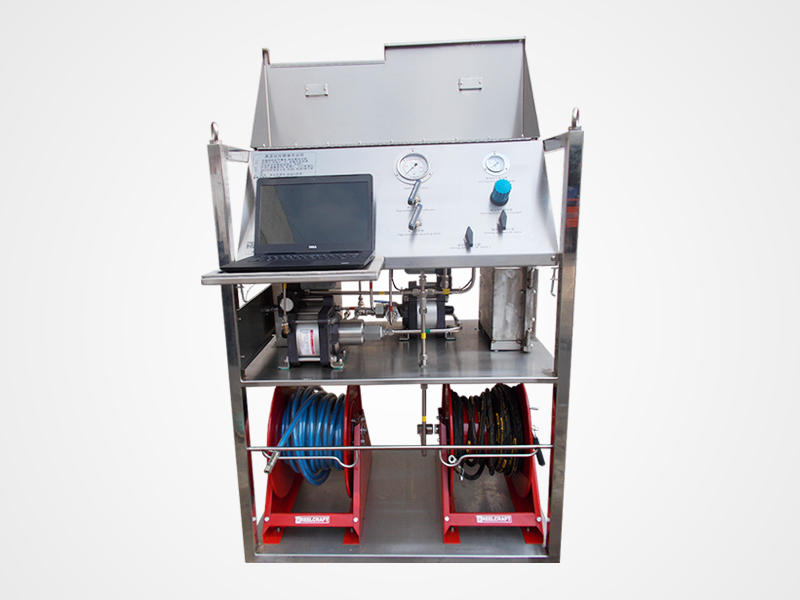
Use Conditions of Wellhead Pressure Test Machine
- Installation: The wellhead pressure testing machine can be installed and used normally without the need for additional facilities other than the tooling fixture. However, it is important to install the device on a level surface and away from sources of vibration. This will ensure that the device operates accurately and safely.
- Working environment: The wellhead pressure testing machine can be used in a variety of working environments, as long as the temperature is between 0℃ and 45℃, there are no flammable gases present, and the surrounding area is well-ventilated and dry. It is important to note that the device should not be used in areas with strong electromagnetic interference signals. This could interfere with the operation of the device and lead to inaccurate results.
- Test medium: The wellhead pressure testing machine can be used with a variety of test mediums, including water, emulsion, rustproof water, and neutral oil with viscosity close to water. It is important to use the correct test medium for the specific application. For example, if the device is being used to test water well, then water should be used as the test medium.
- Design pressure: The wellhead pressure testing machine has a design pressure of 40MPa. This means that the device can withstand a pressure of up to 40MPa without being damaged. However, it is important to note that the device should not be operated at pressures that exceed its design pressure. This could lead to damage to the device and/or injury to the operator.
- Testing temperature: The testing temperature can vary depending on the specific application. However, it is important to ensure that the temperature does not exceed the maximum temperature rating of the device. The maximum temperature rating of the device is 45℃.
- Pressure measurement accuracy: The wellhead pressure testing machine has a pressure measurement accuracy of 0.25% of the full scale. This means that the device can measure pressure with an accuracy of ±0.25% of the full scale. For example, if the full scale of the wellhead pressure testing machine is 100MPa, then the device can measure pressure with an accuracy of ±0.25MPa.
- Power supply: The wellhead pressure testing machine is powered by AC380/220V,50Hz. It is important to ensure that the power supply is compatible with the device.
- Relative air humidity requirements: The relative air humidity must be between 70% and 90%. If the relative air humidity exceeds 90%, then the device may not operate properly.
It is important to note that these are just the general use conditions for the oil well wellhead pressure test skid. The specific use conditions may vary depending on the type of test equipment and the specific requirements of the oil well operator. In addition to the above conditions, it is also important to follow the manufacturer’s instructions and safety operating procedures carefully when using the machine.
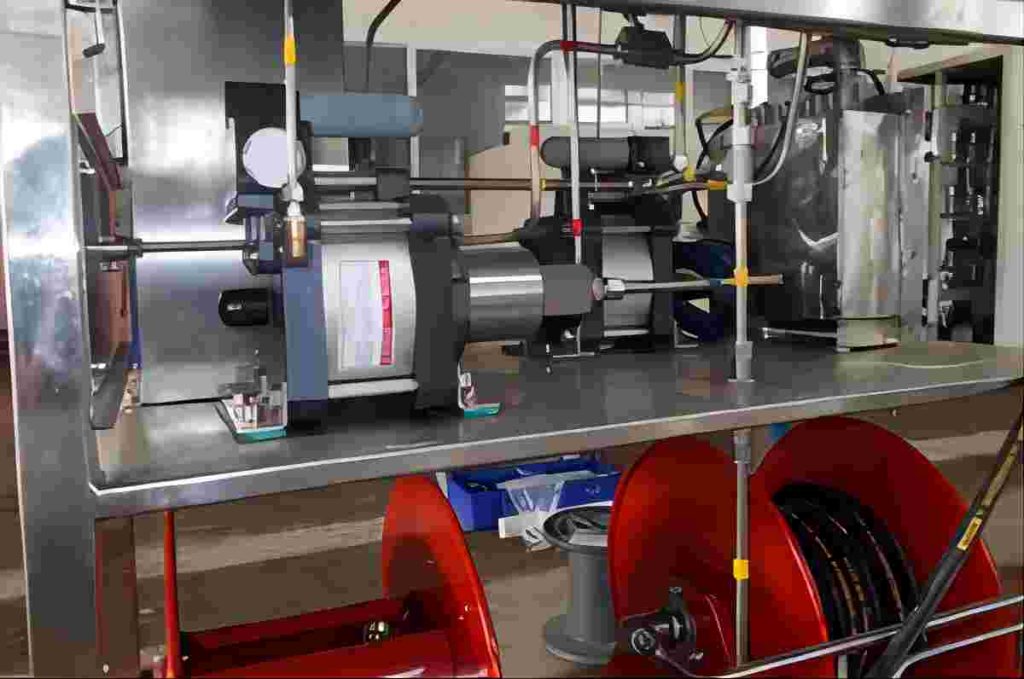
Safety Operating Framework of Wellhead Pressure Test Machine
Preparation
- Planning: Develop a detailed work plan based on the work requirements, including the operating process, safety measures, and emergency response plans.
- Personnel: Equip experienced operators to ensure that they understand the operating process and safety precautions.
- Equipment inspection: Check the working condition of the test device and related instruments and equipment to ensure their normal operation and safety performance.
Operation
- Personal protection: Operators should wear appropriate personal protective equipment such as safety helmets, goggles, gloves, and non-slip shoes.
- Site cleaning: Before the operation, clean the wellhead area to ensure that there are no debris, oil stains, etc. that may cause accidents.
- Ventilation check: Ensure that the wellhead area has good ventilation to prevent the accumulation of harmful gases.
- Instrument calibration: Calibrate the instruments involved in pressure measurement to ensure the accuracy and reliability of the measurement results.
- Pressure test operation: Follow the operating manual for pressure testing, strictly follow the operating steps, and pay attention to the operating sequence and details.
Accident response
- Emergency stop: If an abnormal situation is found, stop the pressure test operation immediately and do not force it.
- Alarm notification: In the event of an emergency, immediately notify the relevant personnel and activate the emergency rescue plan.
- Personnel evacuation: Evacuate the work site in a timely and orderly manner according to the emergency situation to ensure the safety of the operators.
- Accident record: If an accident occurs, record the accident process, cause analysis, and the response measures taken, which will be used as a basis for follow-up handling.
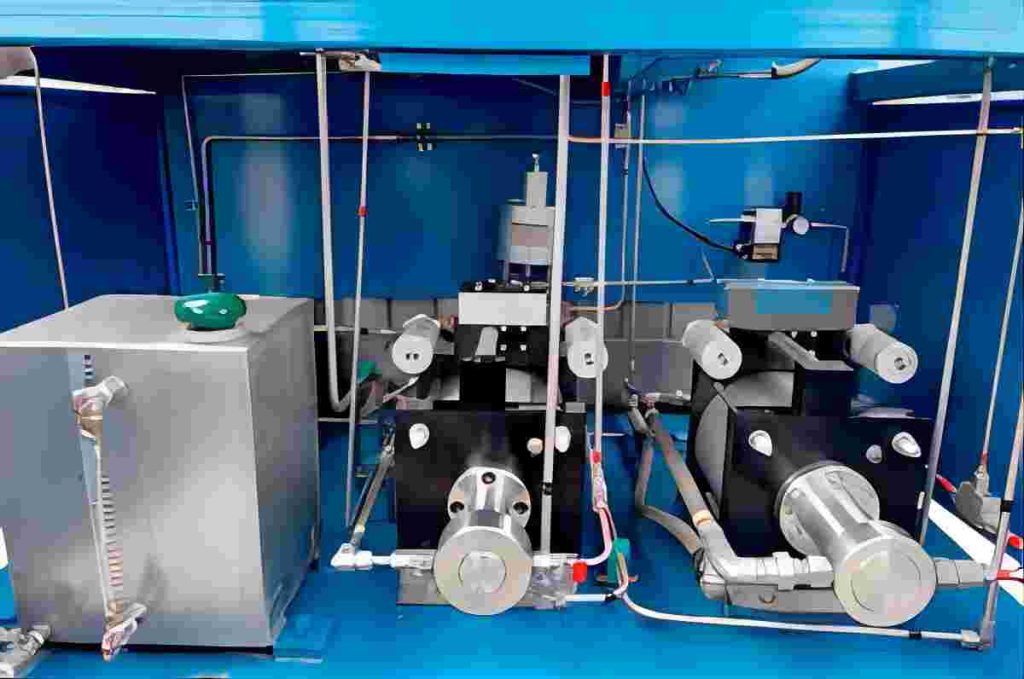
Conclusion
The use conditions and safety operating framework for an oil well wellhead pressure test machine are very important. By strictly following the operating procedures and paying attention to safety details, the safety of the operators can be maximized and the normal operation of the equipment can be ensured. It is important to remember safety first during operation and never ignore any potential safety hazards.

